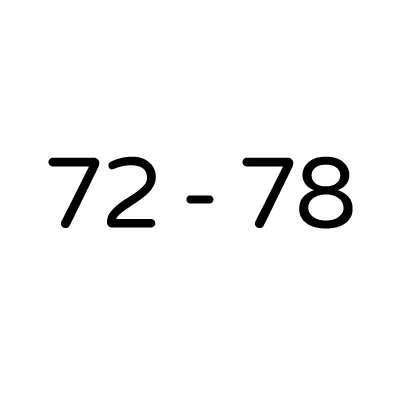72. How can you tell what key a song is in?
If you’re looking at sheet music, check to see if there are any sharps or flats. If you see no sharps or flats, then you’re in C (or it could be A minor; see “What’s a relative minor?”). If you should see sharps, look at the sharp farthest to the right and determine what note is a half step above it, that is your key. For example, if you see an F# you’re in G. If you see flats, look for the flat which is the second from the right, and that’s the name of the key.
73. How do scales work?
Scales are nothing but notes arranged in series by pitch. In Western music, the most common scales are diatonic. All diatonic means is that there are two half steps in the scale. The other intervals are whole steps. In a major scale the intervals are whole, whole, half, whole, whole, whole, half.
74. What is a harmonized scale?
A harmonized scale is when you play a scale and you play a note along with each tone of the scale that is a major third higher. For instance, C and E, D and F, and E and G.
75. How do chords work?
A chord is a series of three or more notes. Chords are based on triads, that is to say the first, third, and fifth notes of the scale. For minor chords you flat the third. An example is a C chord is C, E, and G. But C minor is C, E flat, and G. Beyond that you can add or change the notes in the chord in a lot of different ways. I can think of thirty-four chord forms off the top of my head.
76. What are chord progressions?
Chord progressions are the chords and the relationships among those chords in the song. A simple song may be made of C, F and G chords. And the character of the song is determined by the placement of these chords in time. For example, how long do you strum the C chord before you change to F.
77. What are modes?
Modes are scales. The Ionian mode is simply a major scale. As you go through the modes all you’re really doing is changing the choice of notes you play in that particular key. If a major scale is the Ionian mode, the next mode to know is the Dorian mode. The Dorian mode is simply playing the scale for the key one tone down from the key you’re in. What I mean is if you’re in D major you play the notes from a C scale, i.e. no sharps, no flats. If you play the Phrygian mode, you’re playing in the key of E although you play the notes for the key of C. You move two. And so on… The modes are Ionian, Dorian, Phrygian, Lydian, Mixolydian, Aeolian and Locrian. The way to remember these are: “I don’t play like my Aunt Lucy.” Modes can be useful in many different kinds of music. A lot of 20th century is modal. A lot of heavy metal players of the 1980s used modes a lot in their soloing. If you truly want to learn your modes, I suggest you buy a book.
78. What's a relative minor?
A relative minor is a minor key that shares the same key signature as its relative major. To find the relative minor of any particular key, simply go down a minor third below that key. A minor third is a whole step and a half step. So the relative minor of C would be A minor. The relative minor of G is E minor, and so on and so forth. The only difference between C and A minor, for instance, is that a C scale starts at C and ends at C an octave higher with no sharps or flats, whereas A minor starts on A and ends on A without sharps or flats.

